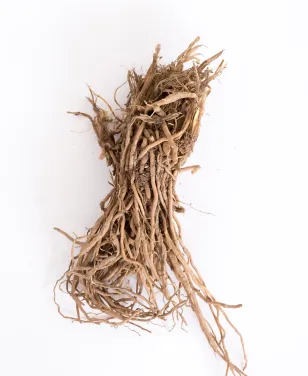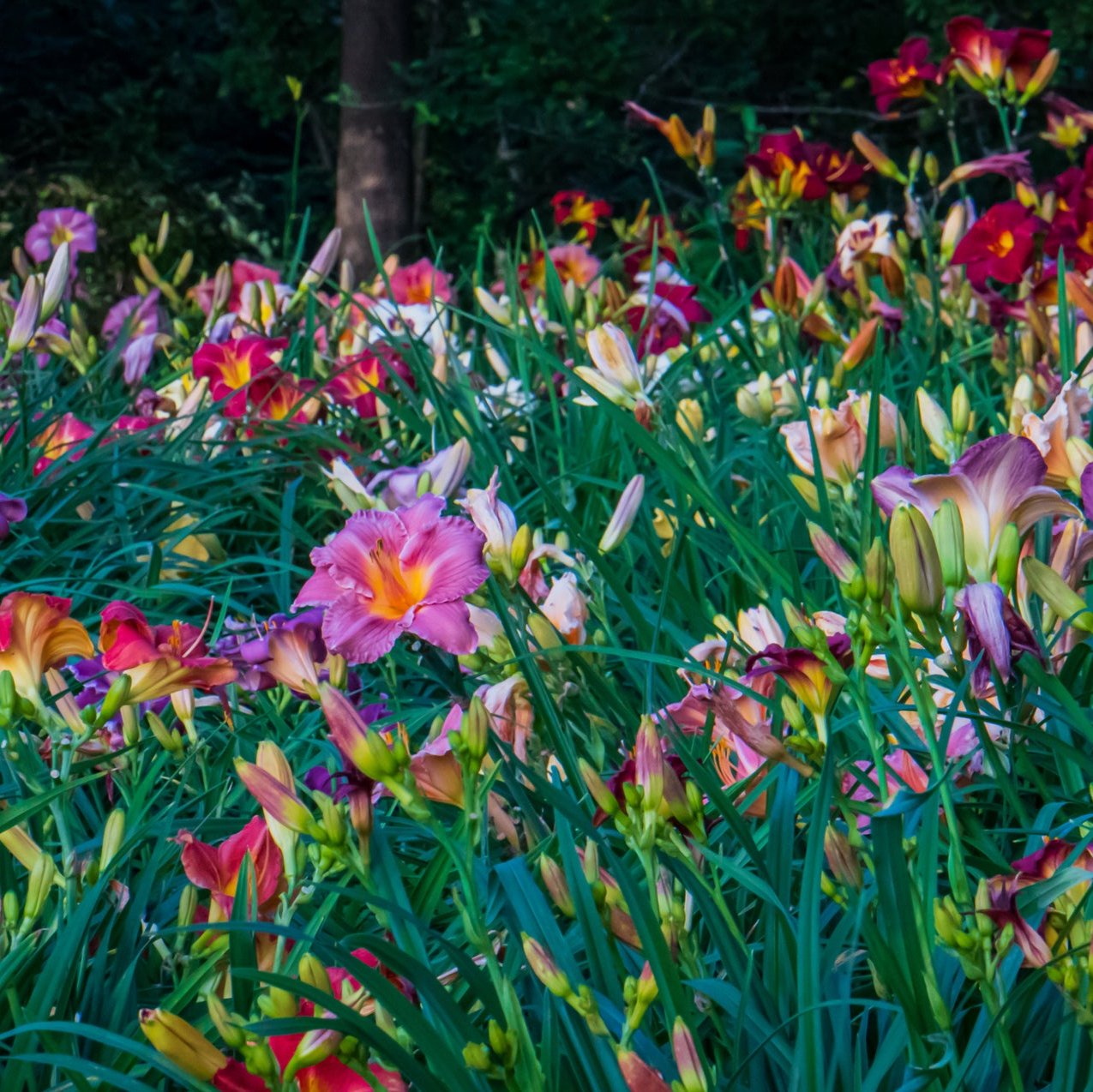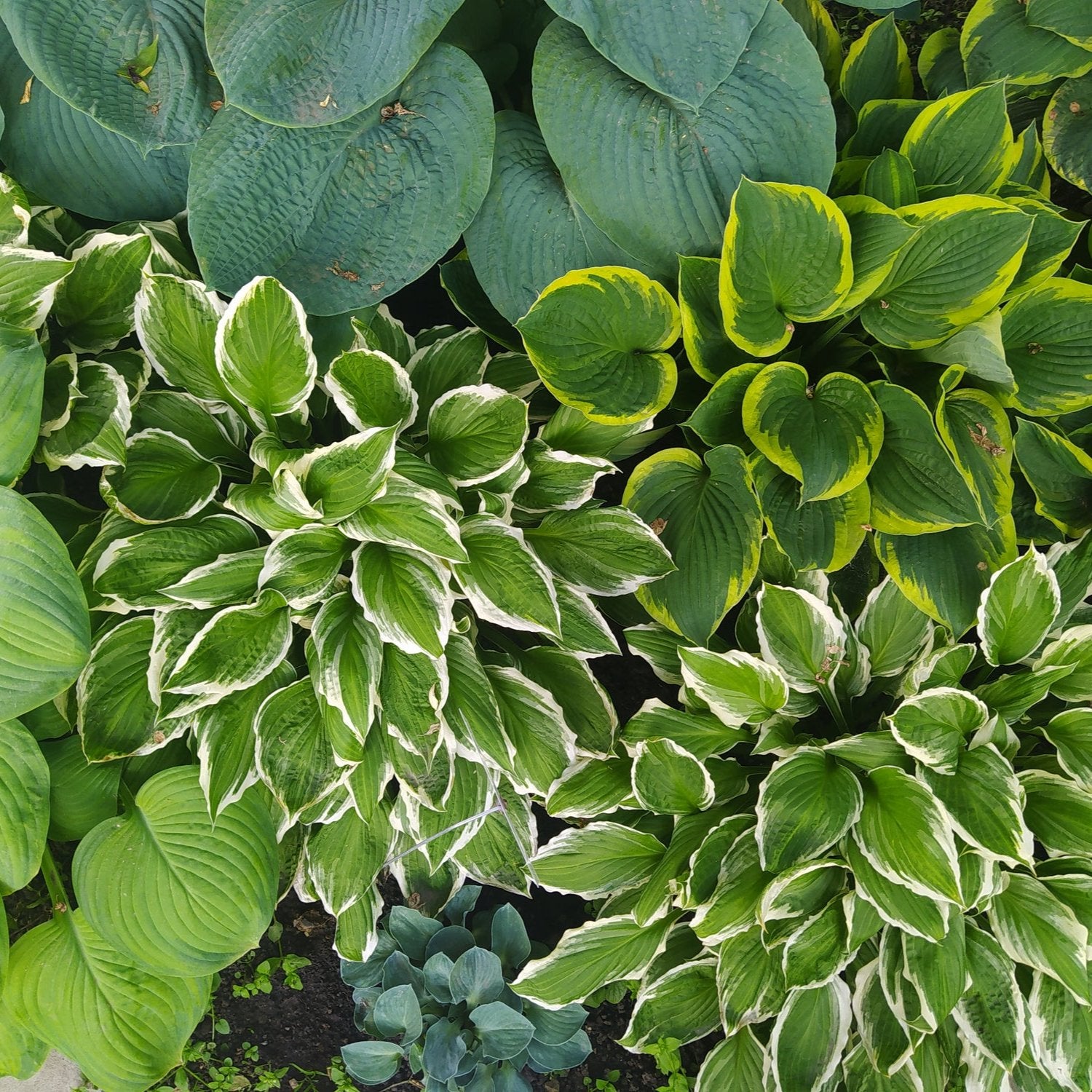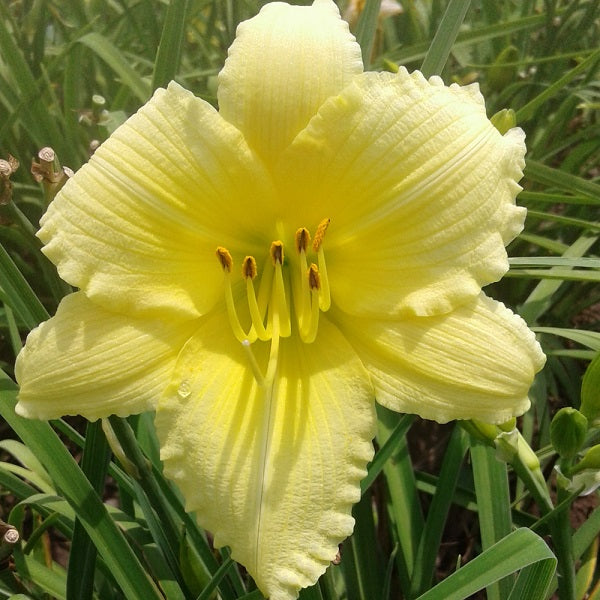Somewhere between seeds and seedlings is the bare root plant starter and fall is a great time to plant daylilies, lilies, peonies, and many other perennials for your garden.
It may not look as pretty as the potted plants you get in the nursery, or as promising as a fresh packet of seeds, but it’s every bit as viable.
The bare root starter is a live plant in a dormant state. It will arrive when it’s ready to go in the ground and it’s essentially the root system of a plant with the dirt removed. The roots will converge into a “crown,” which is the top of the plant and faces up towards the sky.
I’ve always had success with bare root bulbs, which can be planted in spring or fall. Much like with seeds, you must be patient with these plants as it can take anywhere from six to eight weeks before you start to see obvious growth.
TIPS FOR GROWING BARE ROOT PLANTS:
• Your bare root plant will arrive and should be damp, but not too moldy. Your new plant should go in the ground as soon as possible, but if you need a few days, you can store them in a cool dry place, like a cool garage or a basement. They can be kept this way for about 5 days.
• Sometimes bare root plants can dry out during transit so it is a good idea to soak them in a bucket of water for 2 to 4 hours to rehydrate them before planting. Warmth and moisture will signal them to start growing so check on them occasionally to be sure they aren’t getting moldy or soft.
• Follow the instructions for planting, and take care not to plant too deep. Many times bare root plants won’t thrive or bloom if the crown is too far below the surface.
• Once planted, give them a bit of water, but not too much. The roots will need time to adjust to their new home, and you don’t want to add more stress.
• Wait to fertilize until your plant is about 6 inches tall. You can also add a bit of mulch at this time.










